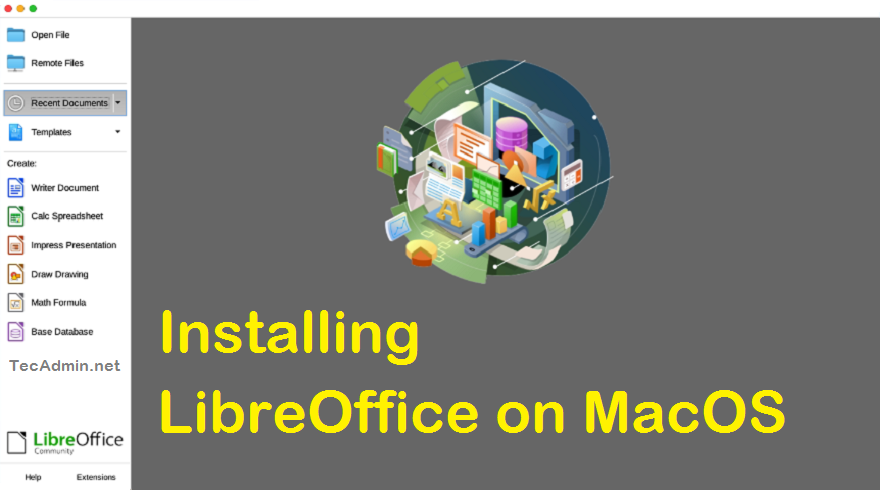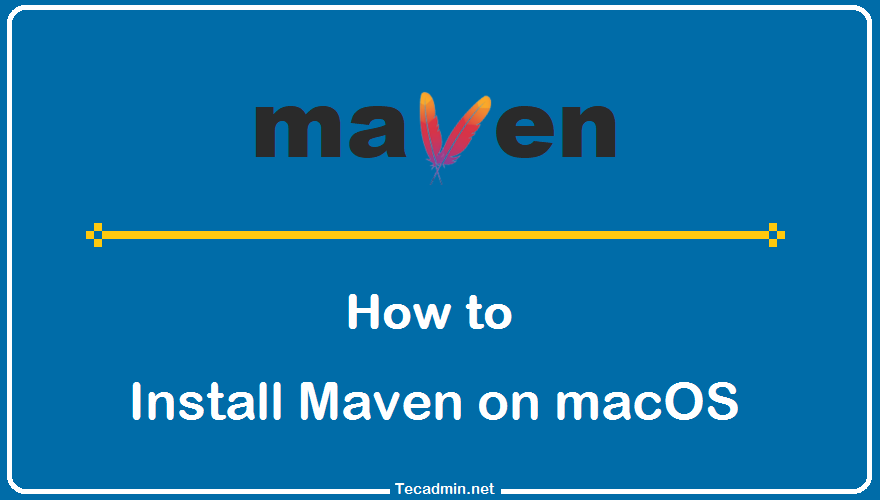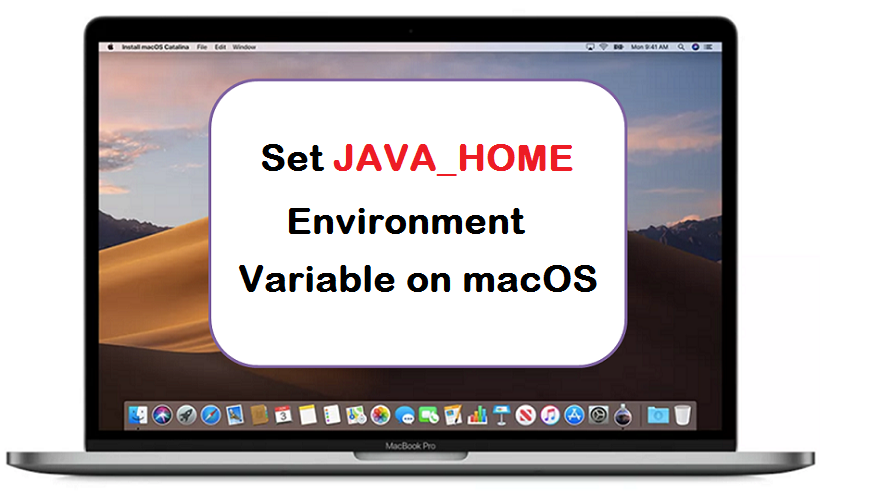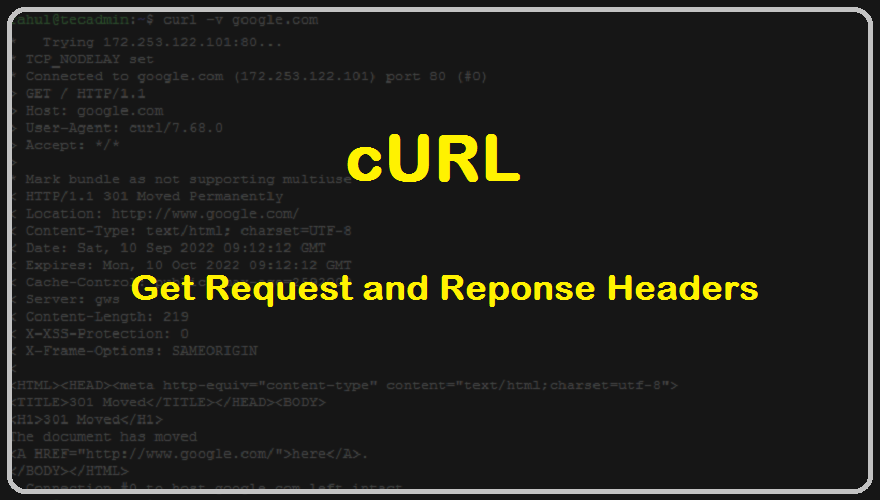Environment variables are a way to store values on the local machine (the one running the program). For example, you can store a user ID that would be used for logging in to a system. You can also use environment variables to store configuration settings like the name of a database connection. When setting environment variables, it is important to consider the security implications. If an attacker is able to access your environment variables, they could gain access to sensitive information such as your username and password. Therefore, it is important to keep your environment variable names secure. Those new…
Author: Rahul
Let’s Encrypt is a free, automated, and open certificate authority: it lets you create and install free TLS certificates in your web server with a few command-line arguments. With Let’s Encrypt, you can provide HTTPS on your website for every user without spending money or worrying about renewal dates. The Certbot provides an easy way to generate Let’s Encrypt free certificates for all websites that support HTTP and serve their content over HTTPS. In this article, we will see how to use Certbot to automate the process of generating Let’s Encrypt certificates. Step 1 – Installing Certbot Most Linux systems…
Apache Maven stands as a cornerstone in the world of Java programming, streamlining the build process and managing project dependencies with unparalleled efficiency. Central to its functionality is the concept of repositories—storage spaces where project libraries, plugins, and other artifacts are stored. Among these, the local repository is pivotal, serving as the first port of call for Maven when it seeks an artifact. This article delves into the intricacies of locating your local Maven repository, an essential step for understanding and troubleshooting Maven-based projects. Understanding Maven Repositories Before we embark on the quest to locate the local repository, it’s imperative…
A terminal is the command line interface (CLI) for the macOS. That takes only commands as input and is sent to the operating system. The default font size is good enough, but some people require to increase in font size for better visibility. You can increase or decrease the terminal font size via terminal preferences. Launch a terminal on your system. Then open in the menubar: Terminal >> Preferences A new dialog box will open with the terminal profile editor. Here you can change the terminal theme, background color or image, cursor, font, and font size. Click change button as…
If you use macOS, you probably use Apple-built apps like Pages, Numbers, and Keynote for word processing, spreadsheets, and presentations. These are great programs with a lot of functionality and ease of use. They’re also not free. You can only get them through the Mac App Store. But if you have to meet a budget or just prefer open source software instead of closed source programs, you might want to look at alternatives. However, there are many great free word processing programs available that are similar to Word, such as Google Docs or Microsoft Office online. Unfortunately, they’re all Windows-only…
Apache Maven is an open-source, community-driven project that aims to build and maintain the most popular Open Source tools for building Java applications. It was created by the Apache Software Foundation in 2001 as an attempt to standardize the build process for Java projects. Over the years, it has developed into a robust set of tools that can be used for a wide range of projects. Maven provides a number of benefits, including integration with other tools such as Jenkins, AWS CodeStar, and more. This allows for more automated builds and faster release cycles. In this tutorial, we will discuss…
This tutorial will help you to set the JAVA_HOME environment variable on the latest older macOS operating systems. The /usr/libexec/java_home is the command line utility that returns the Path of the Java home directory from the current user’s settings. You can use this utility to set up the JAVA_HOME environment variable on your macOS. In an Operating System (OS) JAVA_HOME environment variable must be set to point to the directory containing the JVM. In this tutorial, we will help you to correctly set the JAVA_HOME environment variable on macOS. Check Pre-Installed Java Versions You can find details of all installed…
Access modifiers are special keywords that define the accessibility or scope of a member. We can specify how other code can interact with specific methods or variables within or outside classes and packages. Like many programming concepts, access modifiers are simple in practice but can seem confusing at first. Once you understand them, they can help make your code more readable and maintainable. Understand the Difference Between Members Java provides 4 types of access modifiers with different scopes and visibility. Any member without any specifier is dealt with as “Default” or “package-private”. Private: A private member is accessible only in…
Google Chrome DevTools (developer tools) is the browser’s built-in comprehensive toolkit for developers. Which provides a large number of information that is useful for the developers for debugging purposes. You can also find the website’s request headers and response header values directly with dev tools. View HTTP Headers in Chrome Follow the below steps to open developer tools in Google Chrome and view HTTP header values. Open DevTools: You can open Google Chrome’s developer tools with two methods. Choose any one method: Right-click on the browser and click Inspect Press F12 function button in the keyboard. View HTTP headers: Open…
Request Header and Response Header are both a part of the HTTP protocol, which is the standard used for communication between web browsers and web servers. The Request Header is sent by the browser as part of an HTTP request, and it contains information such as the type of request, the URL of the requested page, and any authentication credentials. The Response Header is sent by the server in response to the request, and it contains information such as the status code of the response, the content type of the page, and any authentication credentials. Together, the Request and Response…





